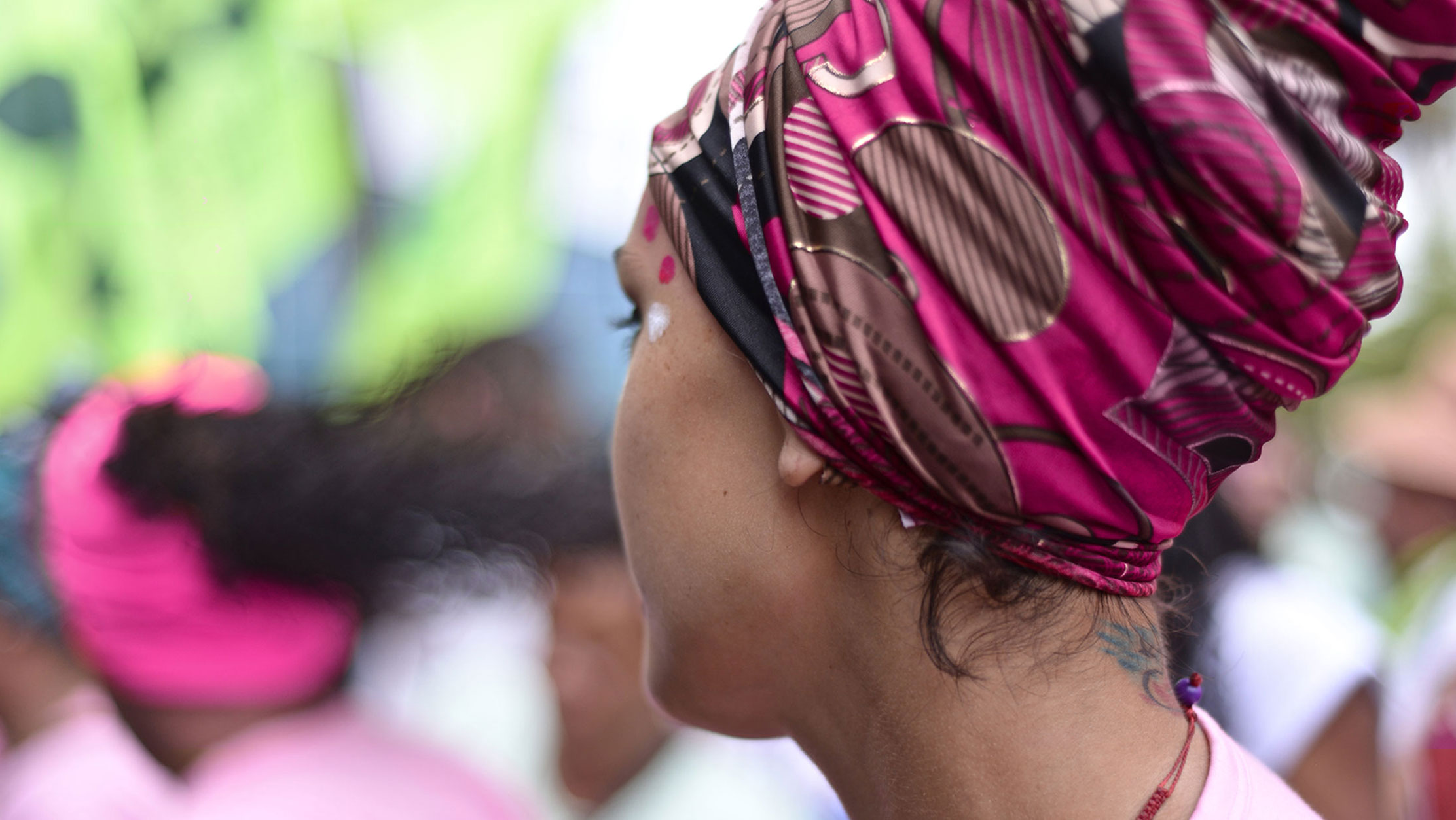The Generation Equality Forum (GEF) closed in July with the announcement that US $40 billion was pledged to advance gender equality worldwide. Four months after the GEF, we are still waiting for UN Women to make the full details of funding commitments publicly accessible. Beyond the self-congratulatory tone and the positive press, we took a look at the ‘fine print’ on who, where or how this money will actually be spent.
To be clear, this was a difficult exercise. And the key question for us as feminist movements is this: how much of the US 40$ billion will directly support feminist, women, girls, trans, non-binary and gender diverse people’s organizing, which remains chronically underfunded; especially in the Global South?
Here are five things you should know about the US $40 billion:
First, based on the limited data available, we estimate that only US $2 billion has been pledged with an explicit objective to support feminist movements and women’s rights organizations. This US $2 billion accounts for as little as 5% of the US $40 billion and roughly 8% of all funding committed by the governments and philanthropy through the GEF process so far.1
Second, a large part of the US $2 billion might not actually be new funding. It includes funding that has already been committed to support existing gender equality objectives - not new or additional funding mobilised at the Generation Equality Forum For example, the US $620 mln committed by the Netherlands - the largest amount for feminist and women’s rights movements put forward in the GEF - is the same commitment that the Dutch had made to its SDG 5 fund in 2019. While the Dutch contribution to resource feminists movements is very welcome, there is no reason to count it as a new exciting commitment made in the context of GEF.
Third, some funders committed funding but it is unclear how they will deliver their promises, as they are simultaneously reducing their own capacities to ensure that this funding will reach feminist movements. Open Society Foundations, for example, committed US $100 million to invest in feminist movements over the next 5 years, yet has also made a decision in its restructuring to close its dedicated global women’s rights program and is currently exiting from a number of partnerships with feminist movements and women’s rights organizations.
Fourth, we have to ask: if not to feminist movements, where are the billions actually going? AWID spoke with many activists who fear that instead of supporting progressive feminist agendas, the bulk of the US $40 billion will end up in sustaining ‘business as usual’. Take for example, the commitments of the private sector. US $2 billion for feminist movements, including to advance more just, equitable, and sustainable economies, pales in comparison to US $10 billion committed by Procter & Gamble to support ‘women-owned and led businesses’ and media campaigns, or US $2 billion by Unilever to diversify its suppliers. Initiatives like these are likely to remain tick-box exercises to show that the private sector cares about gender equality, without reckoning with their own exploitative policies and practices. We know that without a sustained investment in feminist organising, systemic economic issues will not be addressed.
Fifth, the growing power of philanthrocapitalism in gender equality policy processes raises significant political challenges. Over the course of the GEF, the Gates Foundation made a total commitment of US $2.1 billion. It has also spent years pushing anti-feminist agendas such as corporate takeover of seed, agriculture and health, and continues to stand against waving intellectual property protections related to COVID vaccines today - all actions that harm millions of women and their communities across the globe.
As feminist activists experiencing ‘life after’ the GEF process that many of us worked hard to shape and influence, we hold big questions about power, ownership, transparency, accountability, and possibly the most important question: what’s next?
Clearly, financial commitments are necessary to unlock the power of resilient feminist social change. To this end, feminist movements have been calling for more and better funding for decades. It isn’t just about more money, but about the power for feminist movements to shape how this money is spent, and to hold funders accountable for their tall promises. To begin with we need a realistic understanding of how much has been committed and what for; a transparent accountability mechanism for the realisation of these commitments; and, policy coherence between funding commitments and public policy on gender equality, human rights and the environment.
1The most significant funding commitments for feminist organizing were put forward by a small number of long-standing supporters: the Governments of Netherlands (US $620 Million), Canada (US $81 Million), and Sweden (US $60 Million) and philanthropic foundations: Ford Foundation (US $420 Million), Gates Foundation (US $230 million), Open Society Foundation (US $100 Million), Women Moving Millions (US $100 million), Channel Foundation (US $100 Million), and GAGGA together with the GreenGrants Fund (US $100 Million)
